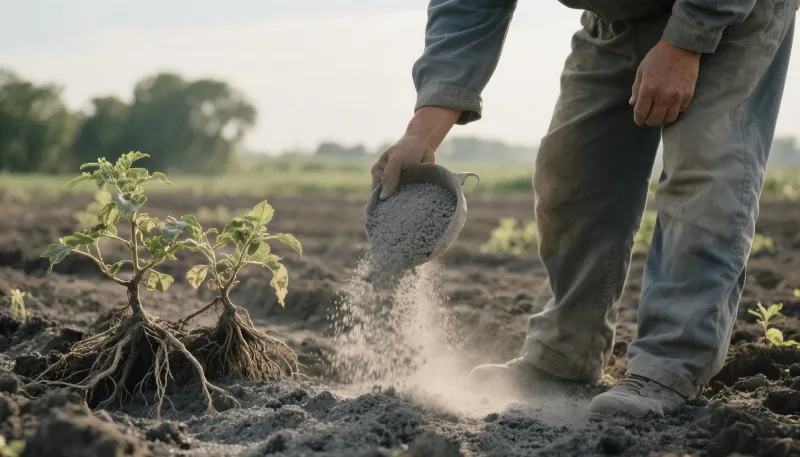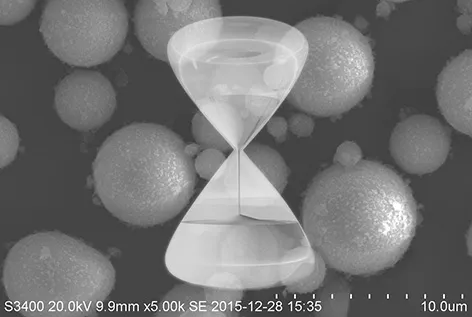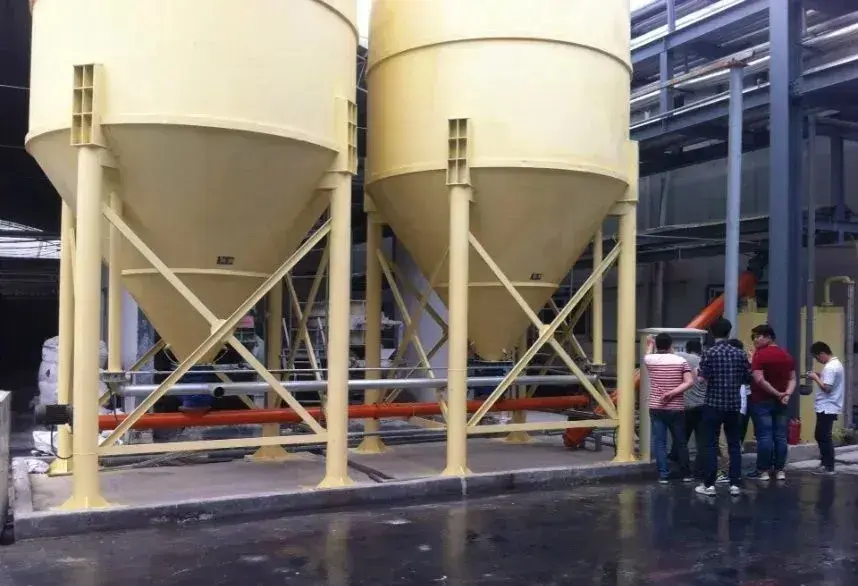Resource utilization means transforming waste materials into reusable resources through various technologies. This allows them to re-enter production, daily life, and other areas. It creates economic value, environmental benefits, or social benefits. In the industrial field, this breaks away from traditional disposal methods like landfills. It shifts toward a more positive “turning waste into treasure” approach. For example, fly ash can be used to extract silicon, aluminum, and other elements. Specific processes help apply these elements in manufacturing, preventing fly ash from occupying land or causing pollution.

In Soil Improvement
- Improving Soil Texture:
The fine particles and minerals of fly ash increase soil’s water retention and aeration. Adding coal ash to clayey soil makes it looser and more breathable. This promotes plant root growth. - Enhancing Fertilizer Absorption:
Fly ash contains nutrients like nitrogen, phosphorus, and potassium. These are essential for plants. Mixing coal ash with fertilizers improves nutrient absorption, reducing the need for chemical fertilizers. - Regulating Soil pH:
Fly ash is slightly alkaline. It neutralizes acidic soils. This keeps the pH in an optimal range for plant growth. In southern regions with acidic soil, adding coal ash raises the pH to a suitable level.
In Carbon Sequestration

- Carbon Fixation and Storage:
coal ash contains inorganic materials rich in carbon. These materials can fix carbon. When used in soil, coal ash stores carbon, reducing CO2 emissions into the atmosphere. - Reducing Greenhouse Gas Emissions:
Using fly ash cuts waste disposal costs. It also lowers greenhouse gas emissions. In areas near power plants, coal ash helps store carbon and improve soil. This reduces carbon emission pressure.
In Construction Material Utilization
Fly ash is increasingly used in construction materials. It’s applied in producing cement additives and new wall materials. This is possible with advancements in technology and optimized processes.
Conclusion
In the future, the resource utilization of coal ash should develop in a more refined and high value-added direction. On the one hand, we should continue to study the application technology of fly ash in different fields and improve its resource utilization efficiency. For example, we should develop more efficient technologies and processes for coal ash in soil improvement and carbon sequestration. On the other hand, we should strengthen policy guidance and market supervision to ensure that the resource utilization of coal ash follows strict environmental management regulations and operating guidelines. To avoid secondary pollution and other problems during the utilization process.
In addition, as people pay more attention to environmental quality and sustainable development, the application of fly ash in emerging fields such as green energy development and environmentally friendly building materials will continue to expand. Thereby realizing the greater value of coal ash resource utilization and achieving a better balance between environmental protection and benefits.
epic powder
Epic Powder, 20+ years of work experience in the ultrafine powder industry. Actively promote the future development of ultra-fine powder, focusing on crushing, grinding, classifying and modification process of ultra-fine powder. Contact us for a free consultation and customized solutions! Our expert team is dedicated to providing high-quality products and services to maximize the value of your powder processing. Epic Powder—Your Trusted Powder Processing Expert !

